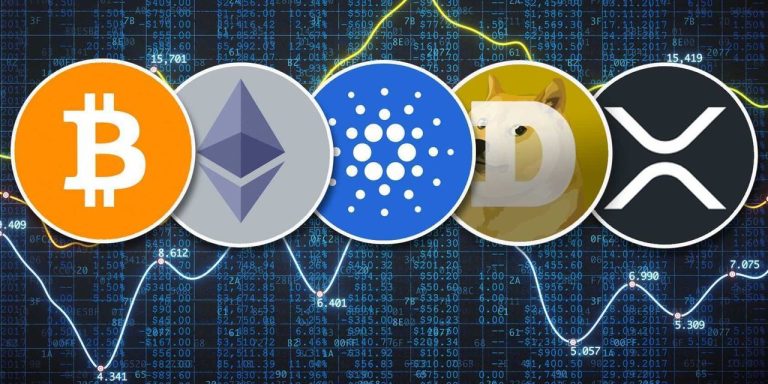Welcome back to Distributed Ledger. This is Frances Yue, reporter at MarketWatch.
This week, I talked to with Greg Beard, chief executive at Stronghold Digital Mining
SDIG,
to find out how crypto miners are doing.
Find me on Twitter at @FrancesYue_ to share any thoughts on crypto or this newsletter.
Mining stocks, a safer choice?
In the face of mounting regulatory pressure, bitcoin mining stocks could be a safer option than many cryptocurrencies and some other crypto-related equities, such as Coinbase
COIN,
for investors seeking digital asset exposure, according to Beard.
In June, the U.S. Securities and Exchange Commision charged crypto exchange Coinbase with operating an unregistered national securities exchange, brokerage and clearing agency. The agency also charged Binance Holdings Ltd. and its founder Changpeng Zhao with 13 securities law violations.
Other crypto companies that provide lending services may also be easy targets for the SEC, Beard said.
If a company is “trying to attract millions of retail users using banking-like activities around crypto and arguing that they are not subject to regulation because they are in crypto, not in dollars or in stocks or bonds, I think that’s a losing argument,” Beard said.
“Bitcoin miners don’t have that same issue, because we don’t interact with retail investors,” Beard added. “We’re not really offering services to retail customers.”
Also supporting the argument is that SEC chair Gary Gensler has repeatedly said bitcoin is the only crypto he is willing to publicly label as a commodity, instead of a security, noted Beard.
To be sure, the bitcoin mining industry also faces growing regulatory scrutiny, especially as its extensive energy consumption draws attention. In November, New York enacted a temporary ban on new crypto mining permits at fossil fuel plants.
Halving is coming
Crypto miners may be under pressure as the next bitcoin halving, a process where rewards paid to miners are cut in half, is approaching.
Bitcoin halving happens when every 210,000 blocks are mined, or about every four years. The next halving, which is expected to happen in April or May next year, will be a test for miners, as it could negatively impact their profitability.
Investors should pay attention to miners’ financial conditions before and after halving, said Beard.
“What are the miners’ real cost of power? Can they afford the debt that they put on? I would say the winners are the ones that have a low cost of power, that have enough cash flow to service their debt even post-halving,” said Beard.
Coinbase wins approval for crypto futures trading
Coinbase on Wednesday said it won approval from the National Futures Association to offer crypto futures trading to its customers.
The company said it would be the first crypto-native entity to offer traditional spot crypto trading directly alongside exchange traded crypto futures.
“We believe this is a watershed moment to be able to bring regulated crypto products to U.S. customers,” Coinbase said in a blog post.
Coinbase added that the approval is an “important milestone” as some 75% of crypto trading volume worldwide comes from the derivatives market.
MarketWatch’s Emily Bary wrote more about it here.
Crypto in a snap
Bitcoin
BTCUSD,
fell 3.3% in the past seven days and was trading at around $27,831 on Thursday, according to CoinDesk data. Ether
ETHUSD,
also lost 3.3% during the same period to around $1,737.
Must-reads
- Founder of failed crypto exchange FTX, Bankman-Fried, jailed in New York (Associated Press)
- ‘Don’t You Remember Me?’ The Crypto Hell on the Other Side of a Spam Text (Bloomberg)
Read the full article here









